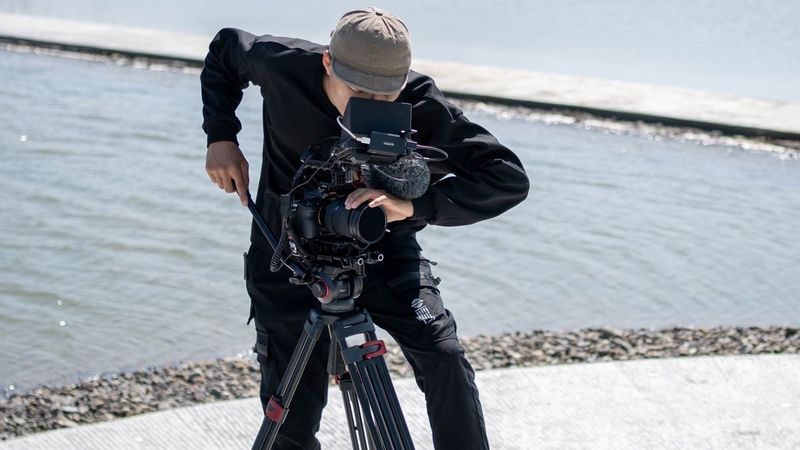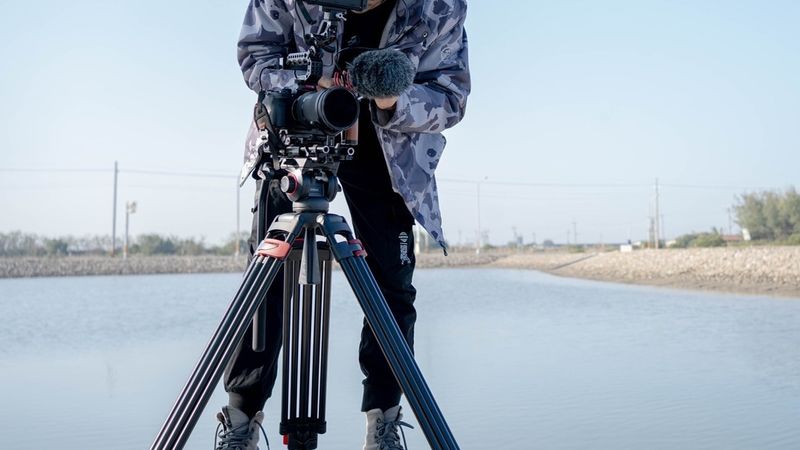Tripods: Definitions, Core Functions, and Professional Choices
I. Definition of Tripods
A tripod is a photographic support device composed of three adjustable legs and a head (or pan-tilt mechanism). Its core function is to provide a stable platform for cameras, video cameras, and other related equipment.
Structural Characteristics:
- Constructed from high-strength materials such as aluminum alloy and carbon fiber.
- Foldable design for portability.
- Equipped with a 360° rotating head and multi-section leg adjustment system to adapt to different shooting heights and angles.
Classification:
- By material: Carbon fiber (lightweight, strong shock resistance) and aluminum alloy (high load-bearing capacity, durability).
- By usage: Professional photography, travel portability, macro-specific, etc.

II. Core Functions of Tripods
1. Stabilization and Image Quality Enhancement
In scenarios such as long exposures, night photography, and macro photography, tripods effectively eliminate handheld shaking, ensuring sharp and clear images. For example, capturing star trails requires stable support for several hours, making a tripod the only reliable option.
2. Precise Composition and Parameter Control
Paired with a panoramic head, tripods enable horizontal and vertical multi-dimensional adjustments, aiding in meticulous composition. In slow-shutter photography, they can be used in conjunction with a shutter release cable to precisely control exposure parameters.
3. Expanding Creative Scenarios
- Dynamic Capture: Effects like light trails and flowing water require a fixed camera position combined with a slow shutter speed.
- Time-lapse Photography: Achieving a compressed visual expression of time and space through prolonged stable shooting.
- Selfies and Video Creation: Freeing hands to achieve professional-level perspective control.
4. Equipment Protection and Efficiency Improvement
Tripods prevent accidental drops due to handheld fatigue and reduce the time cost of repeatedly adjusting camera positions.

III. MILIBOO: A Balance of Lightweight and Professional Performance
As a brand focused on the development of photographic support equipment, MILIBOO prioritizes technological innovation and user needs to create professional tripods that combine portability and stability:
Material Innovation:
Adopting an aviation-grade carbon fiber and aluminum alloy composite structure, MILIBOO reduces the weight by 30% while ensuring load-bearing capacity, making it ideal for outdoor hiking and long-distance travel.
Continuous Pursuit of Stability:
- Using thicker leg tubes and components.
- High-precision machining of key connection parts.
- Damped heads for smooth tilt/pan operations, meeting video focusing demands.
Scene Adaptability:
Ranging from entry-level light travel series to professional cinematic tower series, MILIBOO covers the needs of various devices such as smartphones, DSLRs, and cinema cameras, especially suiting landscape photographers and content creators.

Conclusion
Tripods are not only the "invisible assistants" of photography but also an extension of creative freedom. By continuously optimizing product details and integrating lightweight with professional performance, MILIBOO provides photographers with reliable support, allowing inspiration to transcend physical limitations and capture every moment of exquisite imagery.
(For more technical details and user cases of MILIBOO products, please visit our official website or refer to our brand feature reports.)